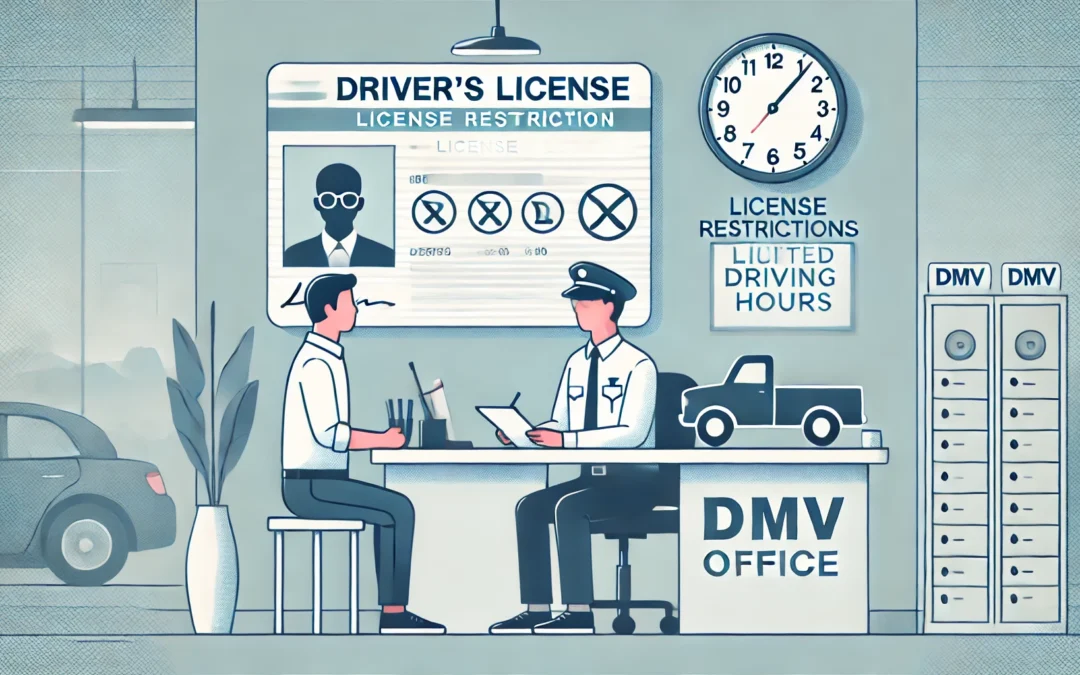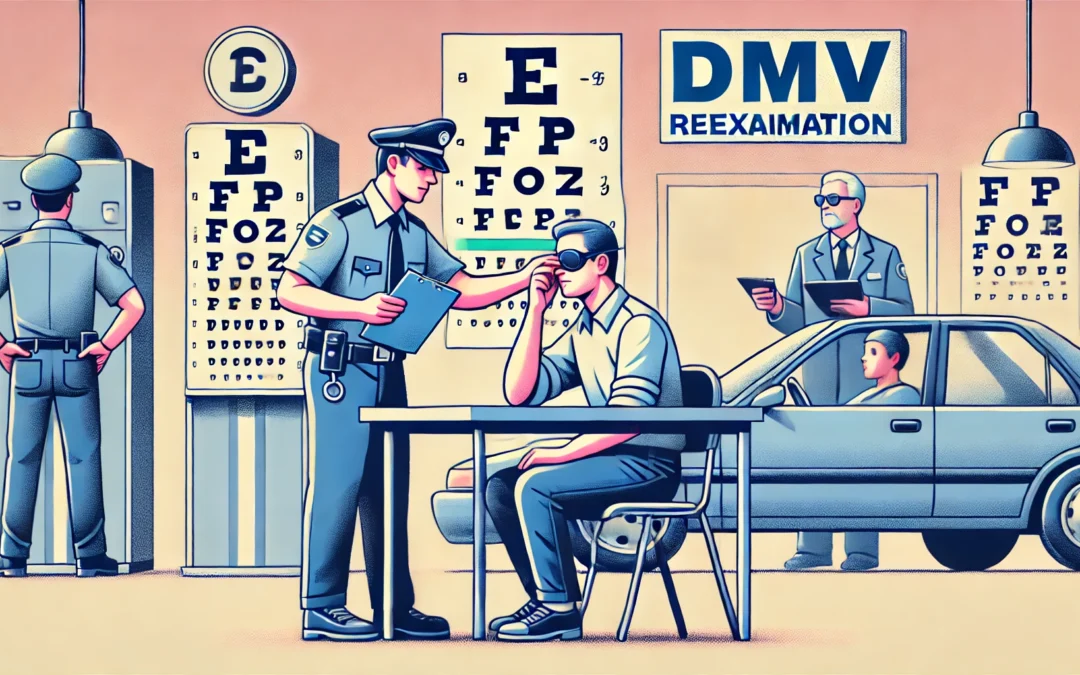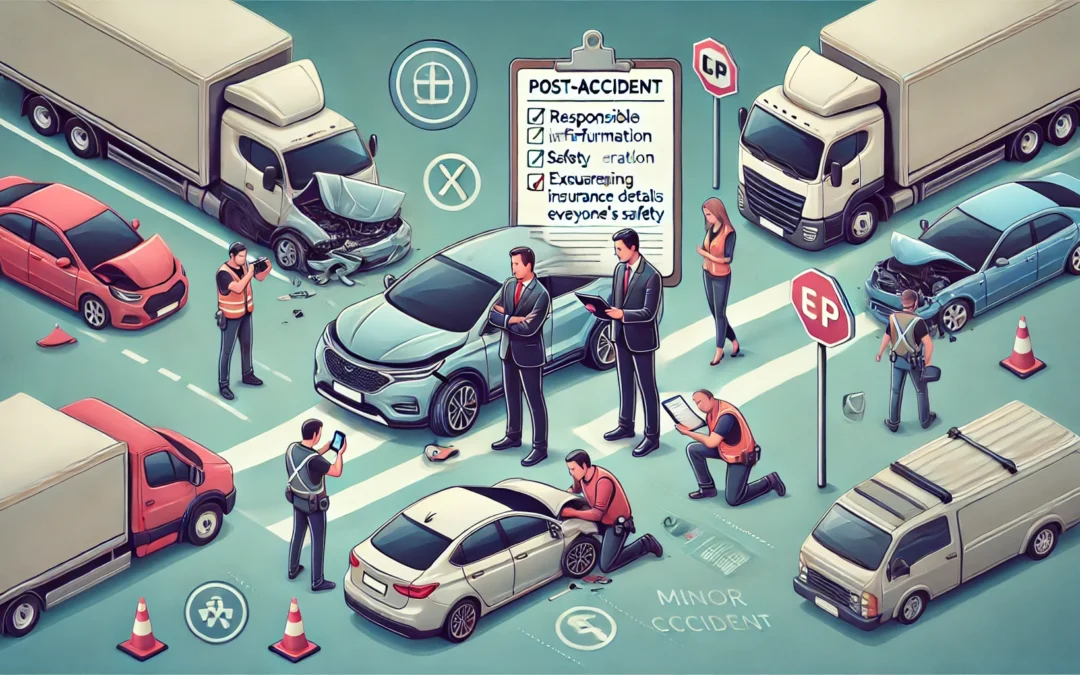
Seniors and Driving: Staying Safe and Confident on the Road
Seniors and Driving: Staying Safe and Confident on the Road
As we age, driving can become more challenging due to physical and cognitive changes, but that doesn’t mean seniors have to give up their independence. With a few adjustments and an awareness of how aging affects driving abilities, seniors can continue to drive safely for many years. Here are some practical tips and considerations for senior drivers.
1. Regular Health Checkups
Health plays a crucial role in maintaining the ability to drive safely. As we age, conditions such as arthritis, vision problems, and slower reaction times can affect driving. Here are key health checks seniors should prioritize:
- Vision: Schedule regular eye exams to ensure you meet the DMV’s vision requirements. Proper corrective lenses or cataract surgery can make a significant difference in driving ability.
- Hearing: Difficulty hearing sirens, horns, or other road sounds can be a safety issue. Regular hearing tests help ensure you don’t miss critical audio cues while driving.
- Reflexes and Mobility: Conditions like arthritis can make it harder to turn the wheel or press pedals. Stretching exercises, physical therapy, or adjustments like power steering can help.
Monitoring health and making adjustments when necessary keeps senior drivers safe on the road.
2. Adjust Your Driving Habits
Seniors can maintain their driving independence by adjusting their habits to fit their changing abilities. Here are some practical adjustments:
- Limit driving at night: Reduced vision in low-light conditions can make nighttime driving difficult. If this is the case, try to limit driving to daytime hours.
- Avoid heavy traffic: Congested roads require quicker reflexes, so consider driving during off-peak times when traffic is lighter.
- Stick to familiar routes: Driving on familiar roads can reduce the stress of unexpected changes in traffic or road conditions. Use navigation tools to avoid getting lost when traveling to new places.
By modifying driving habits, seniors can stay confident behind the wheel while minimizing risks.
3. Vehicle Modifications for Comfort and Safety
Modern vehicles can be equipped with features that make driving easier and safer for seniors. Here are a few adjustments to consider:
- Power steering: This makes it easier to turn the wheel, especially for those with limited strength or mobility.
- Backup cameras and parking sensors: These features help reduce blind spots and assist with parking, making it easier for seniors to navigate tight spaces.
- Adaptive controls: Specialized equipment like larger mirrors, pedal extenders, or hand controls can make driving more comfortable and accessible for those with physical limitations.
Investing in vehicle modifications tailored to individual needs can help seniors drive more safely and comfortably.
4. Know When It’s Time to Retire from Driving
At some point, every driver may face the difficult decision of giving up driving. It’s important to be honest with yourself about when it might be time to hang up the keys:
- Increased anxiety or confusion while driving is a sign that it may no longer be safe.
- Frequent close calls or minor accidents indicate that reaction times or awareness may be slipping.
- Family concerns: If loved ones express worry about your driving, it’s worth considering their perspective.
If giving up driving becomes necessary, explore alternative transportation options like rideshares, public transit, or senior shuttle services to maintain independence.









Recent Comments